The pet product retail business is thus gradually undergoing a transition that the industrial arm of the sector completed some time ago. And no wonder: as Interzoo in Nuremberg in May amply demonstrated, even the pet market is becoming increasingly international. In spite of many regional and national differences, the needs of pets and their owners are becoming more and more alike. More people may keep dogs in one country and more may have cats as pets in another, but the food that they eat, the toys that they play with and the accessories that are used to groom and care for them are the same by and large, for all the subtle differences in detail. Even the prevailing trends in the pet segment, which are often copied from the world of humans, are exhibiting a growing similarity in Europe and even worldwide.
The term globalisation does not quite do justice to this development, which poses greater challenges for each supplier as well as offering greater market potential. It may be the case that the diversity of our sector will gradually decrease, because concentration will result in a smaller number of suppliers and thus of different products, and the number of retail groups will likewise decline. Yet globalisation also yields synergies that can have a positive effect on the sector. And it should not be regarded as a disadvantage if the very different standards that are still currently applied in respect of looking after pets properly and in keeping with the needs of their species are harmonised to a greater extent.
Your
Ralf Majer-Abele

 Menü
Menü

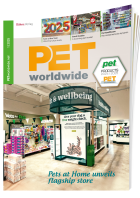





 3/2004
3/2004
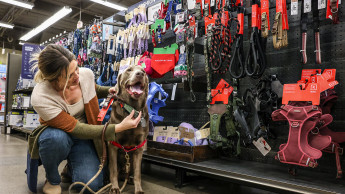
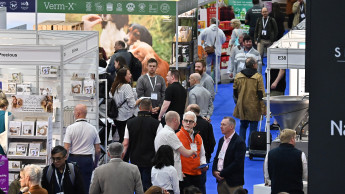
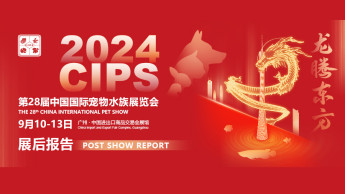
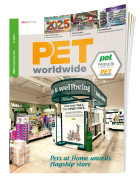



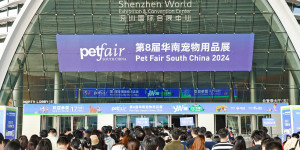



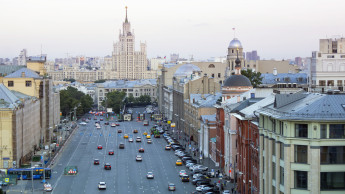
 Newsletter
Newsletter